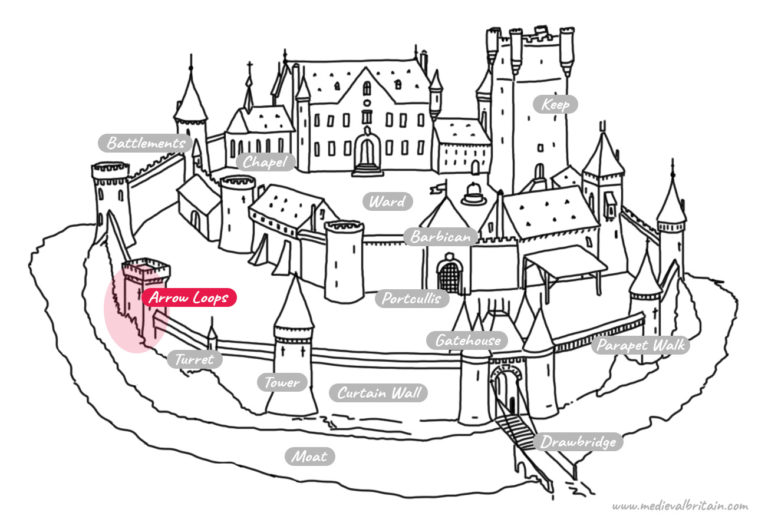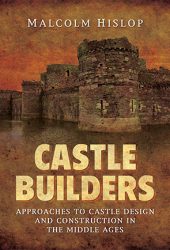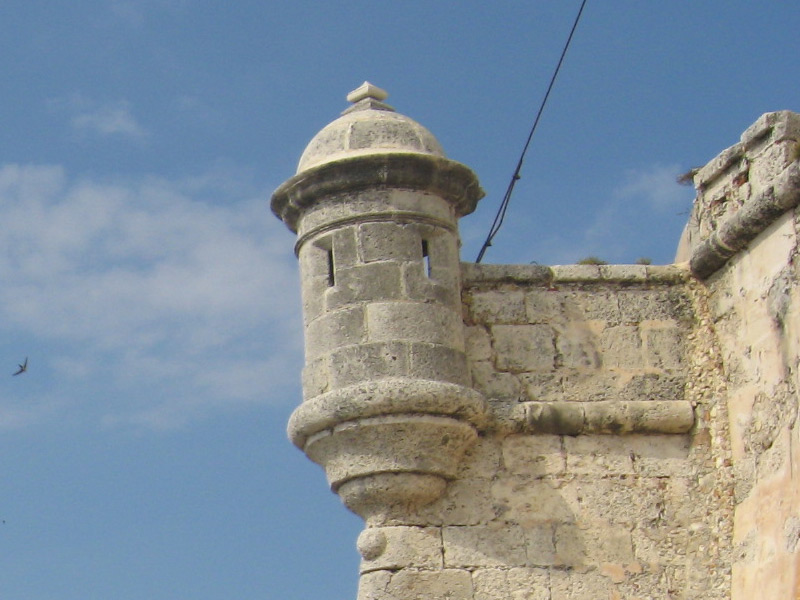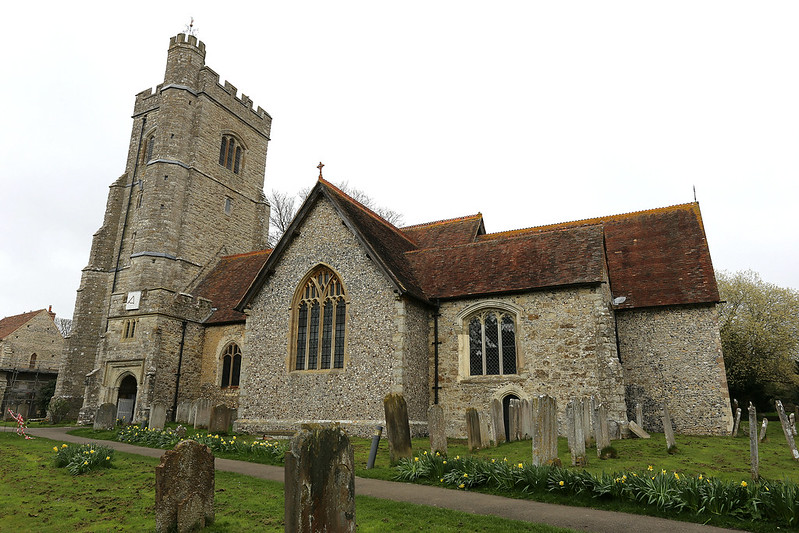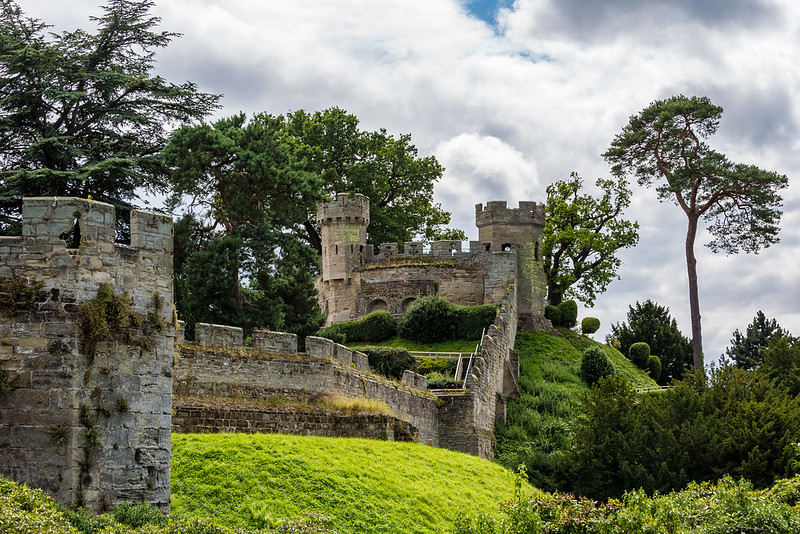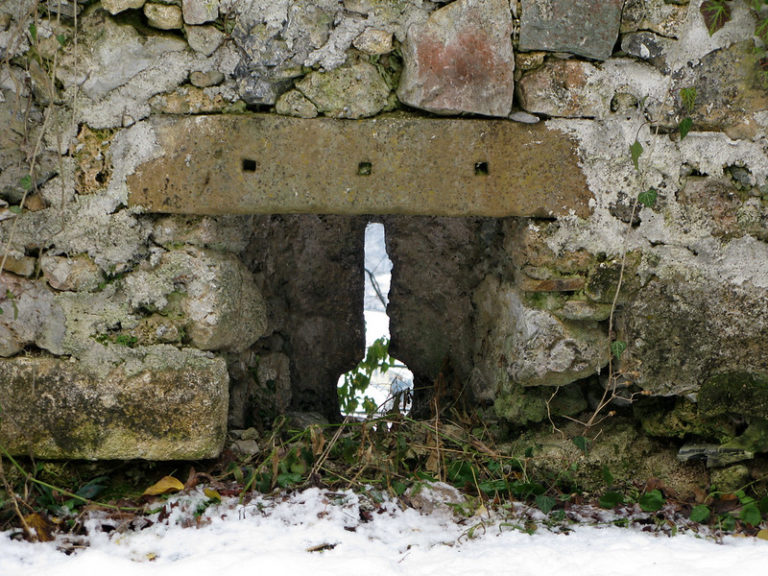
A castle’s Arrowslit or Arrow Loops were narrow vertical apertures in a fortification. From them, archers could launch arrows or crossbowmen bolts.
The interior walls behind the arrowslits were usually cut away at an oblique angle in order to give the archer a wide field of view and fire. The narrow aperture also protected them from attackers who had a very small target at which to aim. A common form for the arrow loops was the cross, which could accommodate both longbows and crossbows.
Quick jump to: Battlements – Chapel – Keep – Ward – Barbican – Arrow Loops – Turret – Tower – Portcullis – Moat – Gatehouse – Curtain Wall – Drawbridge
History of the Arrowslit
The invention of the arrowslit has been attributed to Archimedes in 214-212 BC. However, there is archaeological evidence of arrow loops in the Egyptian Middle Kingdom around 1860 BC. It’s said that the slits were “the height of a man and about a palm’s width on the outside”, and allowed defenders to shoot bows and the siege engine scorpions from within the city walls.
Arrowslits were also used in late Greek and Roman defences, but they were not present in early Norman castles.
Arrow loops were reintroduced to military architecture at the end of the 12th century and early examples of them can be seen in the castles of Dover and Framlingham. By the 13th century, they had become common all around a castle’s defences.
With the advent of gunpowder, arrowslits were replaced by loopholes for firearms.
How an Arrowslit Worked
Arrow slits were cut into walls at an angle to allow archers to move around them and fire at a wider target.
Crossbows required longer arrow slits so they would be easier to load and fire while crouching. Longbowmen needed to stand up, so this made arrow slits longer and possibly wider.
Round shapes or oilets were sometimes added to the end of the arrow slits to make it easier for archers to aim.
Arrowslit Design
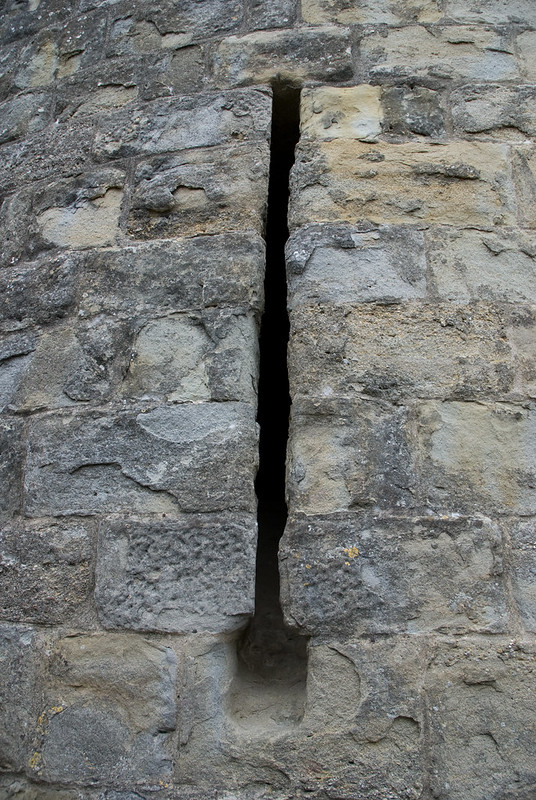
Basic Arrow Slit
The simplest form of an arrowslit is a narrow vertical opening. Longbowmen required tall and high openings so the shooter could stand up and make use of the 6 feet bow. Crossbowmen, on the other hand, usually had to kneel down to support the weight of the weapon and therefore arrow loops needed to be lower. It was common for arrowslits to have a triangular opening, or fishtail, at the bottom. This provided defenders a clearer view of the base of the wall.
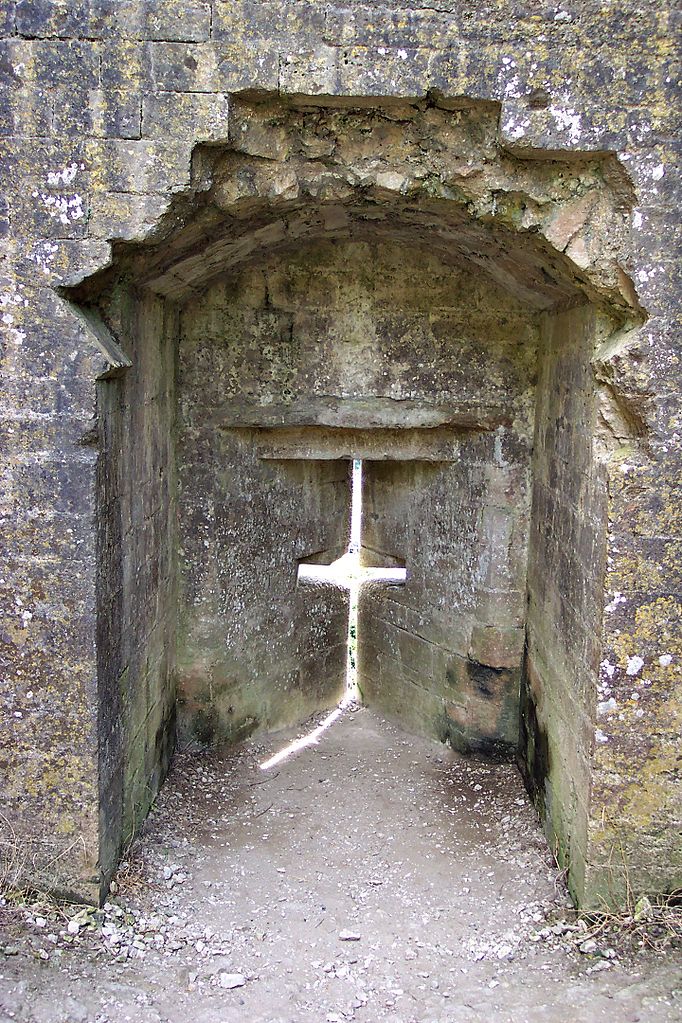
Arrow Slit with Additional Openings
Arrow slits normally had horizontal lines added at the height of a person’s eyes. This design, normally called Balistraria, gave the slit the look of a religious cross.
Behind the slit, there was a recess or embrasure that let the defender get close to the slit without being too cramped. The field of vision would also be enhanced with additional openings that allowed to see the target before it entered range.
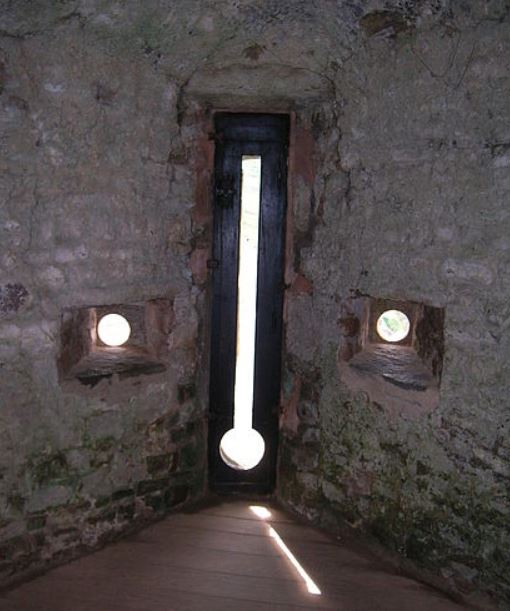
Inverted Loophole
The inverted keyhole embrasure or loophole allowed both arrow fire (through the arrowslit at the top) and small cannon fire through the circular opening.
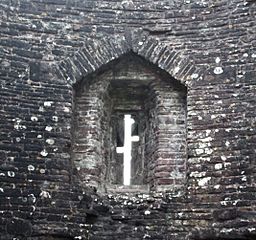
Displaced or Transverse Slits
The majority of arrow loops had horizontal slits that were level. However, there are less common designs with offset openings called displaced traverse slots.
This design allowed for three defenders to shoot through the same openings. This is normally called a “multiple arrowslit“.

